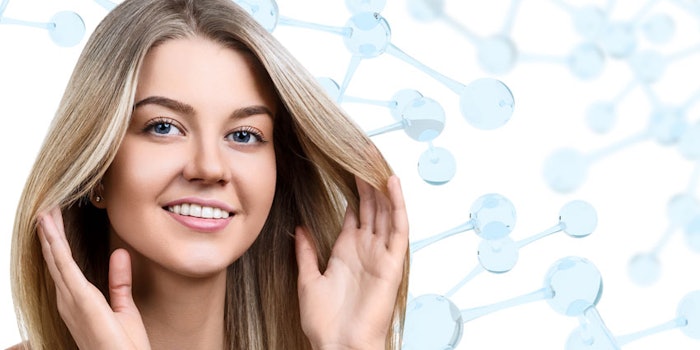
In a Jan. 7, 2019, paper, "Biologically Inspired, Cell-Selective Release of Aptamer-Trapped Growth Factors by Traction Forces," published in Advanced Materials, researchers from Imperial College London describe a new approach to wound healing: traction force-activated payloads (TrAPs).
According to the college, these bio-inspired materials harness natural healing processes in the body and interact with surrounding tissues to promote healing in a dynamic way.
Wound Repair Materials
Wound-healing materials are well-known; collagen sponges help heal burns and pressure sores, and scaffold-like implants assist in bone repair. However, as tissue is repaired, it changes. As such, scientists have developed biomaterials to dynamically interact with tissues as healing occurs.
At Imperial College London, Ben Almquist, Ph.D., and colleagues have created a wound-healing molecule that functions via traction force-activated payloads (TrAPs). Reportedly, this approach mirrors natural repair systems to drive healing.
"Our technology could help launch a new generation of materials that actively work with tissues to drive healing," said Almquist.
Inspired by Nature
As described by the college, after an injury, cells "crawl" through the collagen scaffolds found in wounds, "like spiders navigating webs." As they move, they pull on these scaffolds, activating healing proteins along the way that begin to repair the injured tissue.
Inspired by this mechanism, TrAPs were developed to recreate this healing process. Researchers folded the DNA segments into three-dimensional shapes known as aptamers, which cling tightly to proteins. They attached a customizable "handle" for cells to grab onto, and attached the opposite end to a scaffold such as collagen.
Efficacy Tests
In testing this technique, the researchers found the body's repair cells successfully pulled on the TrAPs as they crawled through the collagen scaffolds. This pulling unraveled the TrAPs unravel "like shoelaces" to expose and activate the healing proteins, which instructed the healing cells to grow and multiply.
Further, the researchers found that by changing the cellular handle, they could change which type of cell grabbed onto and pulled their TrAPs, allowing for customized therapies.
"Using cell movement to activate healing is found in creatures ranging from sea sponges to humans," said Almquist. "Our approach mimics them and actively works with the different varieties of cells that arrive in our damaged tissue over time to promote healing."
Application and Scale-up
This approach is adaptable to different cell types. According to the college, TrAPs are relatively straightforward to create and are fully man-made, meaning they can be recreated in different labs and scaled up to industrial quantities.
In addition, aptamers are currently used as drugs, meaning they have already been proven safe and optimized for clinical use. And at least one major cosmetic manufacturer also has explored their application in anti-aging care.
"The TrAP technology provides a flexible method to create materials that actively communicate with the wound and provide key instructions when and where they are needed. This sort of intelligent, dynamic healing is useful during every phase of the healing process, has the potential to increase the body's chance to recover, and has far-reaching uses on many different types of wounds. This technology has the potential to serve as a conductor of wound repair, orchestrating different cells over time to work together to heal damaged tissues."
For additional details on this study, see the Advanced Materials article abstract.









